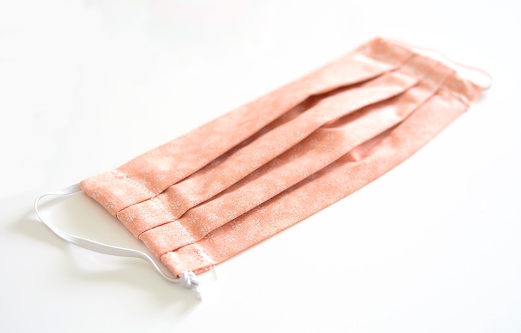Making A Difference In a Pandemic

Homemade Fabric Face Mask Secure Against Viruses and Air Pollution.
September 30, 2020
When Covid-19 shut down our world in March, going in public without a face covering became a thing of the past. Some people, including Rhegan Gage, began to make masks to benefit the community. Gage is a ninth grader here at Cartersville High School. She dances and enjoys baking. During the pandemic, Gage began to make masks. Gage first began crafting when she was seven. Her mom taught her how to sew, and she never stopped. Now she uses her skill to make a difference in the world. Gage defines making a difference as “changing someone’s outlook.” When asked, Gage said, “I like to see people wearing them. It makes me happy.” Gage encourages everyone to make a difference to the best of their ability. She calls herself creative and says this helps her while she is making the face coverings.
A set of handmade masks takes two to three days to manufacture and involves several set processes. First, the crafter must cut and fold all the fabric. They then sew in the ear loops and surge the edges. Depending on the number of masks being made, these steps can take a couple of days to carry out. The time frame also depends on how many people are working on the masks. Gage works with one other lady to create masks. Studies show that masks that have at least three layers are the most protective. Anyone can make masks and help the community at the same time!



Heather Candela • Sep 30, 2020 at 1:47 pm
I loved reading about one of our own and her start-up business. This was a great article.